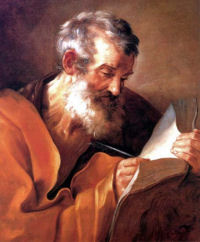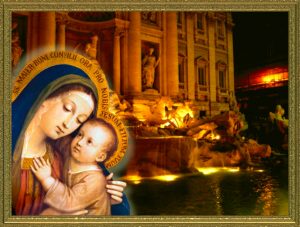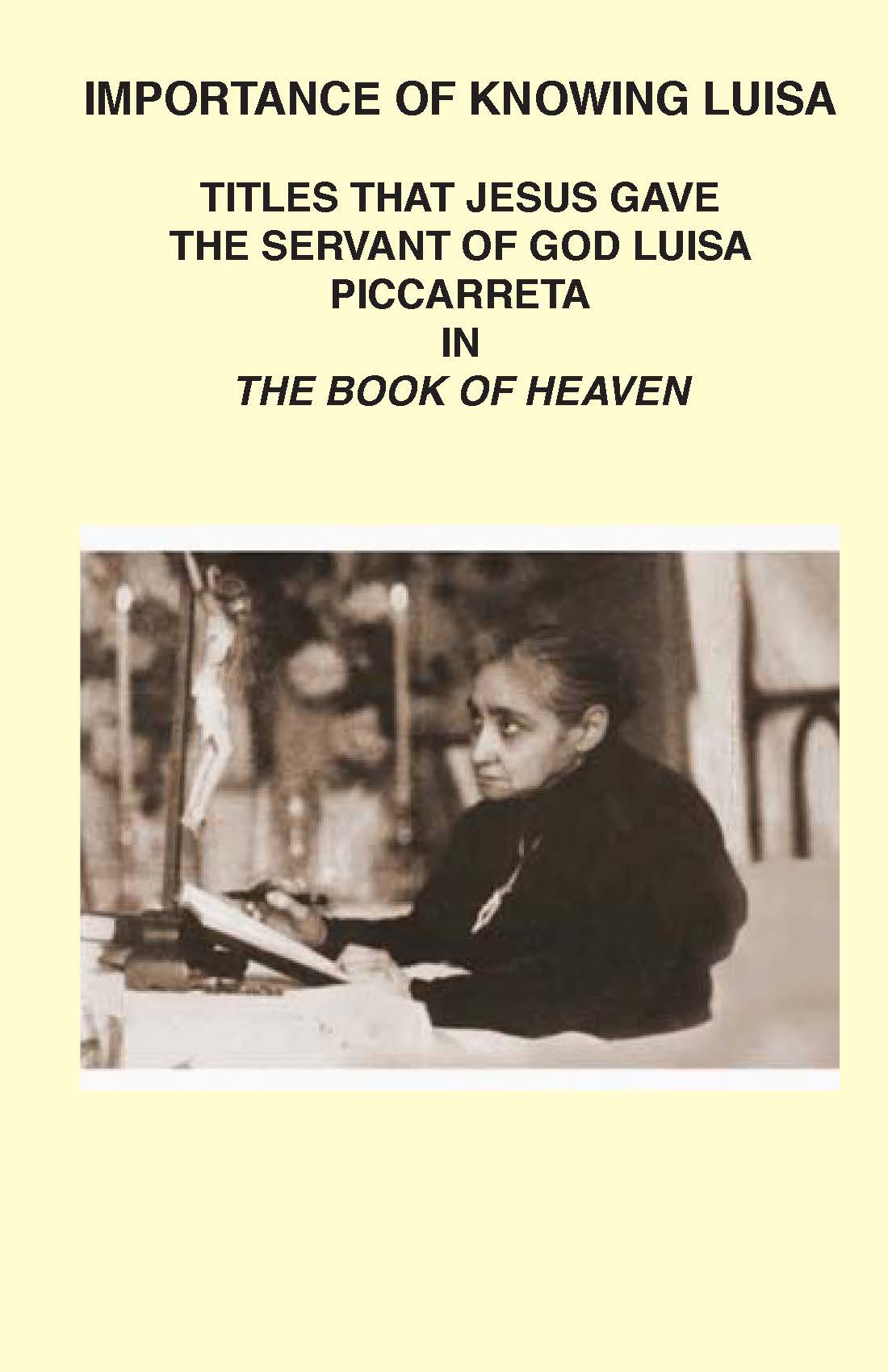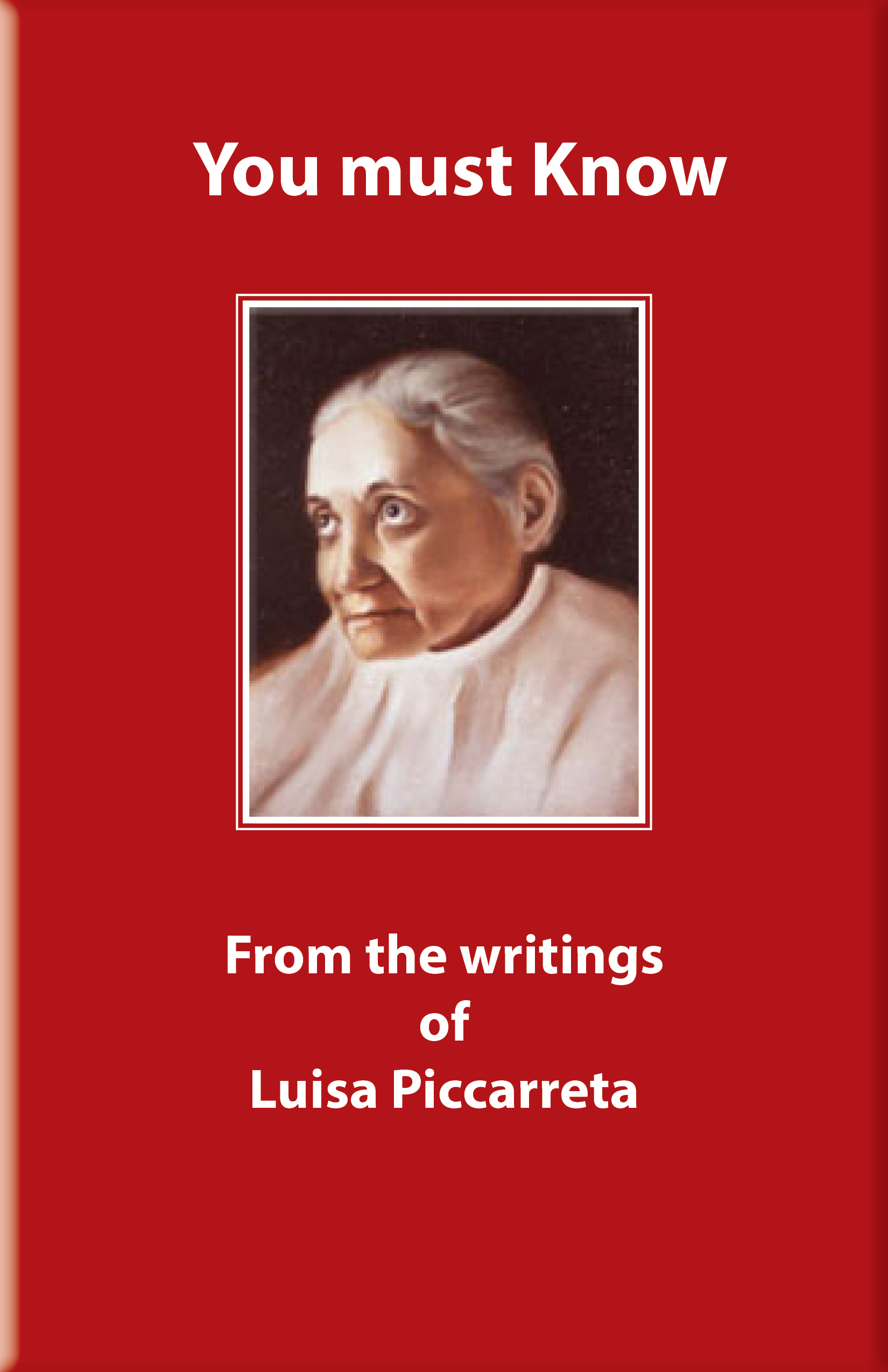 Loading...
Loading...
Permanent link to this article: https://bookofheaven.org/2017/04/29/luisa-must-crush-the-head-of-the-infernal-serpent/
Permanent link to this article: https://bookofheaven.org/2017/04/29/jesus-speaks-to-luisa-about-her-new-office/
Permanent link to this article: https://bookofheaven.org/2017/04/28/gospel-reading-for-april-28-2017-with-divine-will-truths-bread-of-divine-will/
Permanent link to this article: https://bookofheaven.org/2017/04/27/gospel-reading-for-apr-27-2017-with-divine-will-truths-jesus-prey-to-the-will-of-the-father/
Permanent link to this article: https://bookofheaven.org/2017/04/26/gospel-reading-for-april-26-2017-with-divine-will-truths-light-of-truth/
Apr 25
APRIL 26 – FEAST DAY OF OUR LADY OF GOOD COUNSEL
FEAST DAY OF OUR LADY OF GOOD COUNSEL
CLICK IMAGE FOR MORE INFORMATION
In the Alban Hills, not far from the city of Rome, lies the little town of Genazzano, where the miraculous image of Our Lady of Good Counsel is venerated. The story of the picture dates back to 1467. Pilgrims assembled on the feast of St. Mark were startled by a mysterious rustling sound and strains of sweet music. Looking toward the sky, they beheld what seemed a soft cloud. Slowly it descended and rested in front of the unfinished wall of the church dedicated to the Mother of God under the title of Good Counsel. The picture rests suspended in the air without any visible means of support to maintain its stable condition, and this for five centuries! Although painted on a piece of plaster no thicker than an ordinary visiting card, the image has withstood the ravages of time. The artist of the painting is unknown.
It is said that the figures themselves represent Mother and Child after they had returned from the temple where Mary heard the sad prophesies of Simeon. Mary’s eyes are half-veiled as though she were lost in contemplation, taking counsel with her God. The little Child does not return the gaze of the beholder, as happens in so many pictures, rather He draws our eyes upward to Mary as if to tell us to look for Counsel there, in the very Seat of Wisdom. It is a picture to be loved, a plain and common picture [hence our unframed treatment], a pious image to be copied and hung in the homes of the poor. That is all the sweet Mother of Good Counsel asks for her picture: a home in our midst, by our firesides, a family to guard and watch over, hearts that will love and venerate her.
Overshadowed by the Holy Ghost, Mary became the Mother of God. His gifts of Wisdom, Understanding, and Counsel belong to her. She is Our Mother of Good Counsel because she is the Spouse of God the Holy Ghost. If to her was granted the wisdom to counsel her Son, surely she has the wisdom to counsel poor humanity. In her there is the wisdom of ages. For 2000 years, she has been watching the children of men upon this earth. Our Lady of Good Counsel knows how to help us. She can help us. She wants to aid and counsel us! Once she sees upon a soul the sign of the Cross of her Son, that soul may count upon all her assistance. She loves with an undying love all those for whom her Son died.
God trusted her with His own Son, Who clung to her till life was done. Through sorrow none can comprehend She mothered Jesus to the end. And if you think her love may fail, You thrust within her heart a nail!
Our Mother of Good Counsel has been called the Madonna of the Popes. Pope Leo XIII deserves to be ranked among the great lovers of this devotion. He established the white scapular worn by her servants, and his motto is like a watchword to the clients of Mary: “Children,” he told the faithful, “follow her counsels!” To all she gives what is most needed to help us in this vale of tears; she gives us her Good Counsel.
Prayer to Our Lady of Good Counsel
Most Glorious Virgin, chosen by the Eternal Counsel to be the Mother of the Eternal Word made flesh, thou who art the treasurer of Divine graces, and the advocate of sinners, I, thy most unworthy servant, have recourse to thee; be thou pleased to be my guide and counselor in this vale of tears.
Obtain for me through the Most Precious Blood of thy Divine Son, the forgiveness of my sins, the salvation of my soul, and the means necessary to obtain it.
In like manner, obtain for Holy Mother the Church victory over her enemies, and the spread of the kingdom of Jesus Christ upon the whole earth. Amen.
Imprimatur: + Patrick A. O’Boyle
Permanent link to this article: https://bookofheaven.org/2017/04/25/april-26-feast-day-of-our-lady-of-good-counsel/
Apr 25
Feast of St. Mark – April 25, 2017
Feast of St. Mark the Evangelist
click image for more information
St. Mark, the author of the second Gospel, was the son of Mary whose house at Jerusalem was the meeting place of Christians. He was baptized and instructed by St. Peter. In about the year 42 A.D. he came to Rome with the Prince of the Apostles. There at the request of the faithful he wrote his Gospel about the year 50 A.D. His Gospel is a record of St. Peter’s preaching about Our Lord and pays special attention to the head of the Apostles. The Gospel was written for Roman Gentile converts. It rarely quotes the Old Testament, and is careful to explain Jewish customs, rites and words. It excels in portraying the emotions and affections of both Christ and His hearers. St. Mark preached in Egypt, especially in Alexandria and was martyred there by the heathen.
According to the 1962 Missal of St. John XXIII the Extraordinary Form of the Roman Rite, today is the Feast of St. Mark, and the Major Rogation. While no longer required after Vatican II, Rogation Days can still be observed by the faithful. Fasting and penance were required, and the faithful would especially pray Litanies on this day.
What are Rogation Days?
“Rogation Days are the four days set apart to bless the fields, and invoke God’s mercy on all of creation. The 4 days are April 25, which is called the Major Rogation (and is only coincidentally the same day as the Feast of St. Mark); and the three days preceding Ascension Thursday, which are called the Minor Rogations. Traditionally, on these days, the congregation marches the boundaries of the parish, blessing every tree and stone, while chanting or reciting a Litany of Mercy, usually a Litany of the Saints”.
St. Mark
John Mark, later known simply as Mark, was a Jew by birth. He was the son of that Mary who was proprietress of the Cenacle or “upper room” which served as the meeting place for the first Christians in Jerusalem (Acts 12:12). He was still a youth at the time of the Savior’s death. In his description of the young man who was present when Jesus was seized and who fled from the rabble leaving behind his “linen cloth,” the second Evangelist might possibly have stamped the mark of his own identity.
During the years that followed, the rapidly maturing youth witnessed the growth of the infant Church in his mother’s Upper Room and became acquainted with its traditions. This knowledge he put to excellent use when compiling his Gospel. Later, we find Mark acting as a companion to his cousin Barnabas and Saul on their return journey to Antioch and on their first missionary journey. But Mark was too immature for the hardships of this type of work and therefore left them at Perge in Pamphylia to return home.
As the two apostles were preparing for their second missionary journey, Barnabas wanted to take his cousin with him. Paul, however, objected. Thereupon the two cousins undertook a missionary journey to Cyprus. Time healed the strained relations between Paul and Mark, and during the former’s first Roman captivity (61-63), Mark rendered Paul valuable service (Col. 4:10; Philem. 24), and the Apostle learned to appreciate him. When in chains the second time Paul requested Mark’s presence (2 Tim. 4:11).
 An intimate friendship existed between Mark and Peter; he played the role of Peter’s companion, disciple, and interpreter. According to the common patristic opinion, Mark was present at Peter’s preaching in Rome and wrote his Gospel under the influence of the prince of the apostles. This explains why incidents which involve Peter are described with telling detail (e.g., the great day at Capharnaum, 1:14f)). Little is known of Mark’s later life. It is certain that he died a martyr’s death as bishop of Alexandria in Egypt. His relics were transferred from Alexandria to Venice, where a worthy tomb was erected in St. Mark’s Cathedral.
An intimate friendship existed between Mark and Peter; he played the role of Peter’s companion, disciple, and interpreter. According to the common patristic opinion, Mark was present at Peter’s preaching in Rome and wrote his Gospel under the influence of the prince of the apostles. This explains why incidents which involve Peter are described with telling detail (e.g., the great day at Capharnaum, 1:14f)). Little is known of Mark’s later life. It is certain that he died a martyr’s death as bishop of Alexandria in Egypt. His relics were transferred from Alexandria to Venice, where a worthy tomb was erected in St. Mark’s Cathedral.
The Gospel of St. Mark, the shortest of the four, is, above all, a Roman Gospel. It originated in Rome and is addressed to Roman, or shall we say, to Western Christianity. Another high merit is its chronological presentation of the life of Christ. For we should be deeply interested in the historical sequence of the events in our blessed Savior’s life.
Furthermore, Mark was a skilled painter of word pictures. With one stroke he frequently enhances a familiar scene, shedding upon it new light. His Gospel is the “Gospel of Peter,” for he wrote it under the direction and with the aid of the prince of the apostles. “The Evangelist Mark is represented as a lion because he begins his Gospel in the wilderness, `The voice of one crying in the desert: Make ready the way of the Lord,’ or because he presents the Lord as the unconquered King.”
Permanent link to this article: https://bookofheaven.org/2017/04/25/feast-of-st-mark-april-25-2017/
Permanent link to this article: https://bookofheaven.org/2017/04/25/gospel-reading-for-apr-25-2017-with-divine-will-truths-baptism-believers/
Permanent link to this article: https://bookofheaven.org/2017/04/24/gospel-reading-for-apr-24-2017-with-divine-will-truths-luisa-little-newborn/
Permanent link to this article: https://bookofheaven.org/2017/04/23/april-23-2017-birthday-of-luisa-and-divine-mercy-sunday/





















